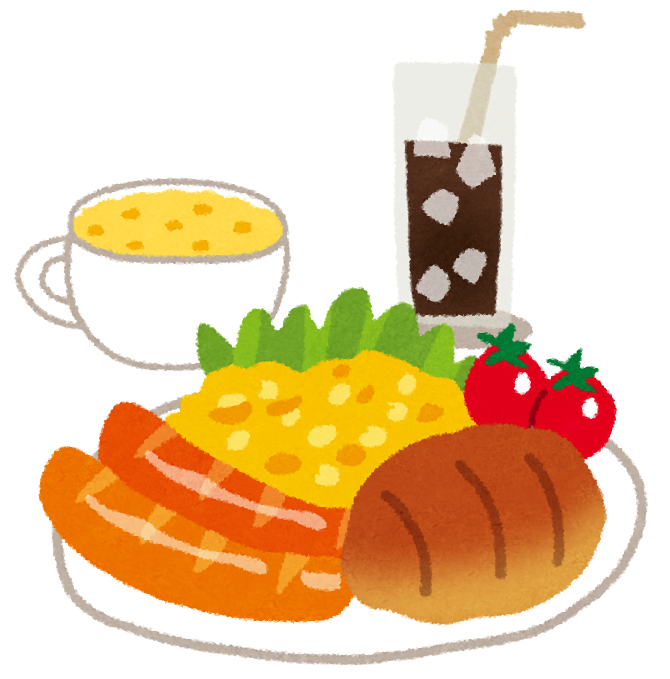“Breakfast” in Japan has become 15% more expensive in three years
An article like this appeared in the Japan Economic Newspaper the other day. There is a lot of noise about inflation and inflation, but what the hell is it, it is difficult to understand the economic story, but if you talk about breakfast, it is Wakarimasu.
Below is an excerpt from the article.
“Inflation, which raises the price of goods and services, is affecting our daily lives. For example, the price of breakfast at the average Japan table is 402 yen per meal, about 15% higher than 350 yen three years ago. How much is your family finances affected? Let’s check it based on monthly expenses.
The rise in food and utility costs is huge. Based on the Ministry of Internal Affairs and Communications’ consumer price index and store prices, the price of breakfast was calculated from 15 typical ingredients such as bread, bacon, and eggs, and the price per meal increased by about 15% compared to January 2020, before the outbreak of the new coronavirus, which is a factor that pushes up the cost of living.
It should be noted that the degree of impact of high prices varies greatly depending on lifestyles and other factors. For example, “imported ingredients are susceptible to global inflation,” and while the prices of bread and coffee beans have risen by 1~40%, standard domestic ingredients such as rice and pickled plums have remained almost unchanged. Japanese food is more resistant to inflation than Western food. In order to increase households’ resilience to inflation, it is more effective to review spending with a sharpening of spending while keeping these characteristics in check, rather than blindly saving money. First of all, it is essential to understand how much your daily life is affected by inflation. There is also a way to reduce expenditures by reducing fixed costs such as rent and communication costs. However, in terms of controlling inflation, it is also important to review daily spending, where prices change. If eating out is reduced by 10,000 yen a month, household inflation will fall by 0.1 percentage point.
Compared to January 2020, the inflation rate of households in their 20s and younger was 3.3%, while that of seniors in their 60s and older was more than 4.5%. Senior households account for a large proportion of household expenditures for basic necessities. The price of food and other necessities has risen significantly more than items called selective expenditure such as entertainment, putting pressure on seniors who live with their savings little by little and households that are struggling to make ends meet.
However, blindly tightening the purse strings can lead to savings fatigue. Some of you may have been looking forward to going shopping or traveling, which you have been holding back due to Corona. First of all, I would like to enjoy daily life in the post-corona era while looking for points to successfully overcome high prices by knowing what part of households is affected by inflation.”
(Excerpt from the electronic version of the Japan Economic Newspaper, April 10, 2023)
I live the same life as before, but for some reason, my spending is increasing. That is inflation. If this becomes intense, you will not be able to maintain the same life with the same income as before. The article calls for people to save money and get through it while enjoying their lives to a certain extent, but at the same time, I would like to think about ways to increase my income a little. Japan Keizai Shimbun and the Financial Times (FT) have jointly created a tool to estimate the inflation rate for each household and published it on the Nikkei electronic website. If you enter household expenses such as utilities and food expenses for each item, “your inflation rate” will be automatically calculated. It may be a good idea to try it first to understand the current situation.

By Admin|2023-04-20|2023,News Release|
